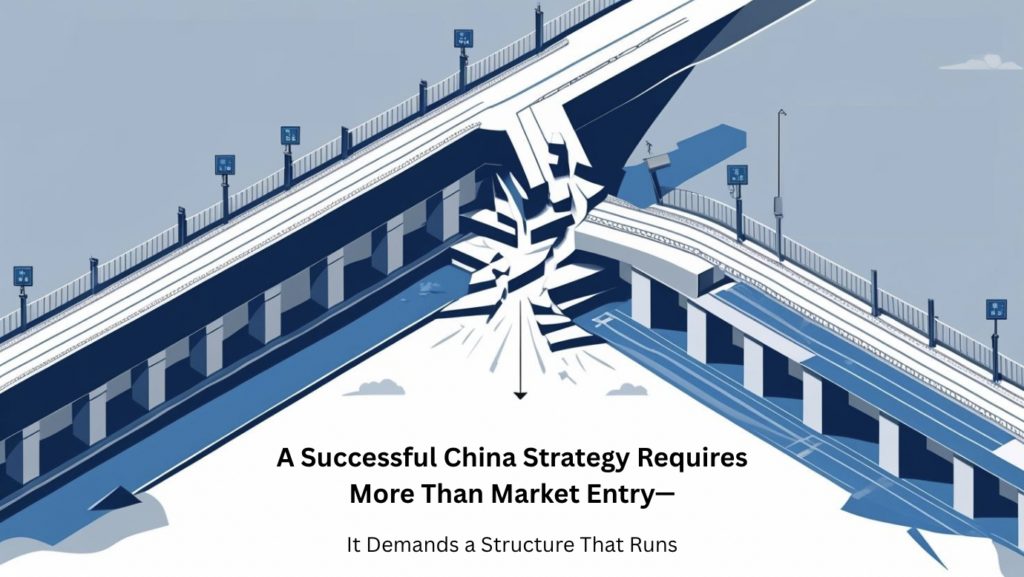The growing government subsidies provide critical financial leverage for enterprises, as demonstrated by Hong Kong's BUD...
We’ve seen it time and again: a global company enters China with excitement, vision, and a seemingly solid plan. They set up a local entity, lease a space in a well-known business park, launch their website with an ICP license, maybe even open a WeChat account. The challenge facing many global companies in China isn’t a lack of ambition—it’s a lack of structure. Even with capital, talent, and intent, expansion efforts stall when local teams are left without real authority, clear processes, or responsive systems. When hiring decisions remain centralized, every approval routes through HQ, and the China team can’t move money, issue offers, or run payroll, execution grinds to a halt. The result is a paradox: the company has “entered China,” but nothing on the ground can move forward. To truly operate—not just exist—in China, companies need more than a footprint; they need an execution-ready framework that unblocks momentum. That means redistributing decision-making power, localizing core functions like HR and finance, and wiring the business for speed and autonomy. The most successful companies we’ve seen didn’t just open offices—they restructured their internal mechanics to match the realities of the market. Because in China, strategy only works when structure does. What Real China Strategy Looks Like on the Ground Structural transformation in China doesn’t mean recreating your global setup—it means rethinking it entirely. The most effective companies we’ve worked with didn’t try to run China through their headquarters. Instead, they built lightweight, locally empowered structures designed for speed and context. They adopted China-native tools like WeCom and Feishu, streamlined approval chains, and gave local leaders control over budgets and decisions. By aligning internal operations with their broader China strategy, they gained the agility needed to operate in a fast-moving environment. Why China Rewards Operational Experimentation What many overlook is that China is one of the best places to experiment with these new models. The ecosystem here—rich in talent, mature in digital infrastructure, and increasingly open to outsourced, modular services—makes it possible to test and scale structural changes quickly. Whether it’s shared HR, flexible finance functions, or distributed team management, China offers the ideal conditions for piloting operating models that could eventually shape your global strategy. What STR helps our clients build At STR, we’re a strategic execution partner rather than a service provider. We work with companies to build the operational foundation they need to function, not just exist, in China. That means setting up compliant, audit-ready entities that meet the expectations of regulators and partners alike. It means giving companies access to flexible team infrastructure, so they can scale without being tied down by rigid headcount. And it means implementing modular operating systems—across HR, finance, and approvals—designed specifically for how China works. We call it a structure that runs—because when your structure runs, your strategy can too. Ready to turn your China entry into a working system?
But months later, nothing’s really moving.
No rhythm. No traction. No real local momentum.
This usually stems from the absence of a coherent China strategy built for execution. They have a legal presence—but not an operating system.Why Most Market Entries Stall

The growing government subsidies provide critical financial leverage for enterprises, as demonstrated by Hong Kong's BUD...
For international companies, managing quality risk starts at the source. Here's how to stay ahead in today's supply chai...
1. Why China’s Import Trends Matter In 2024, China’s total import value reached approximately US$2.58 trillion—slightly ...
